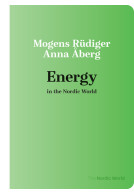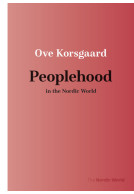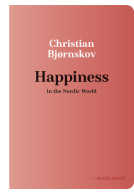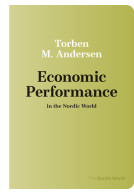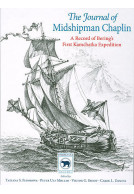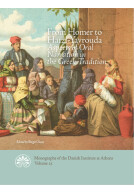Google Books previews are unavailable because you have chosen to turn off third party cookies for enhanced content. Visit our cookies page to review your cookie settings.
Children's Literature in the Nordic World (Paperback)
Imprint: Aarhus University Press
Series: The Nordic World
Pages: 120
Illustrations: 10 Colour illustrations
ISBN: 9788772195919
Published: 30th April 2022
Script Academic & Professional
Series: The Nordic World
Pages: 120
Illustrations: 10 Colour illustrations
ISBN: 9788772195919
Published: 30th April 2022
Script Academic & Professional
You'll be £12.00 closer to your next £10.00 credit when you purchase Children's Literature in the Nordic World. What's this?
+£4.99 UK Delivery or free UK delivery if order is over £40
(click here for international delivery rates)
Order within the next 6 hours, 2 minutes to get your order processed the next working day!
Need a currency converter? Check XE.com for live rates
(click here for international delivery rates)
Order within the next 6 hours, 2 minutes to get your order processed the next working day!
Need a currency converter? Check XE.com for live rates
This volume introduces an international readership to the role books have played in the lives and upbringing of young people in the Nordic countries from the 1750s until today. Charlotte Appel and Nina Christensen look beyond an overview of noteworthy texts and characters to address the region’s distinctive reading cultures and the interactions between literature and changing views of childhood, with a special focus on Denmark.
The emergence of a dedicated market for children’s books in the Global North coincided with national school reforms, when Luther’s Small Catechism started to be supplemented—or replaced—by new books published for and about young readers, learners, and citizens. Children’s use of books and media is closely related to adults’ wishes to influence the present and future of a child through instruction, entertainment, or play. Chapters point to strong continuities as well as remarkable changes in the relationships between child readers and adult authors, artists, publishers, teachers, librarians, and parents through the centuries.
Focusing on children as the central users and producers of texts, this interdisciplinary and transnational history shows how children’s exposure to and use of media impacted the Nordic welfare state, and vice versa. The ways adults facilitated—and in some cases prevented—access to picture books, schoolbooks, textbooks, comics, magazines, and other media to youth between infancy and adolescence reveals the complicated interplay between children’s internal wishes and grown-ups’ external expectations over time. As narratives for young audiences are continuously rewritten, republished, and adapted into new forms, this pithy synthesis brings forward new knowledge about the material and social history of books, literature, and childhood.
Other titles in the series...
Other titles in Aarhus University Press...









